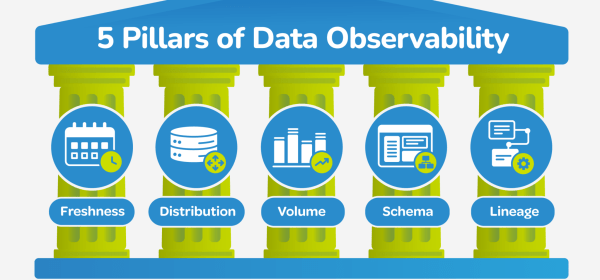This article provides an overview of Azure database solutions, including RDBMS, big data, and NoSQL workloads. It offers resources to learn about Azure databases and paths to implement suitable architectures. Microsoft Learn provides learning paths for data professionals. Best practices for database design and management are also highlighted. For more information, visit the provided link.













